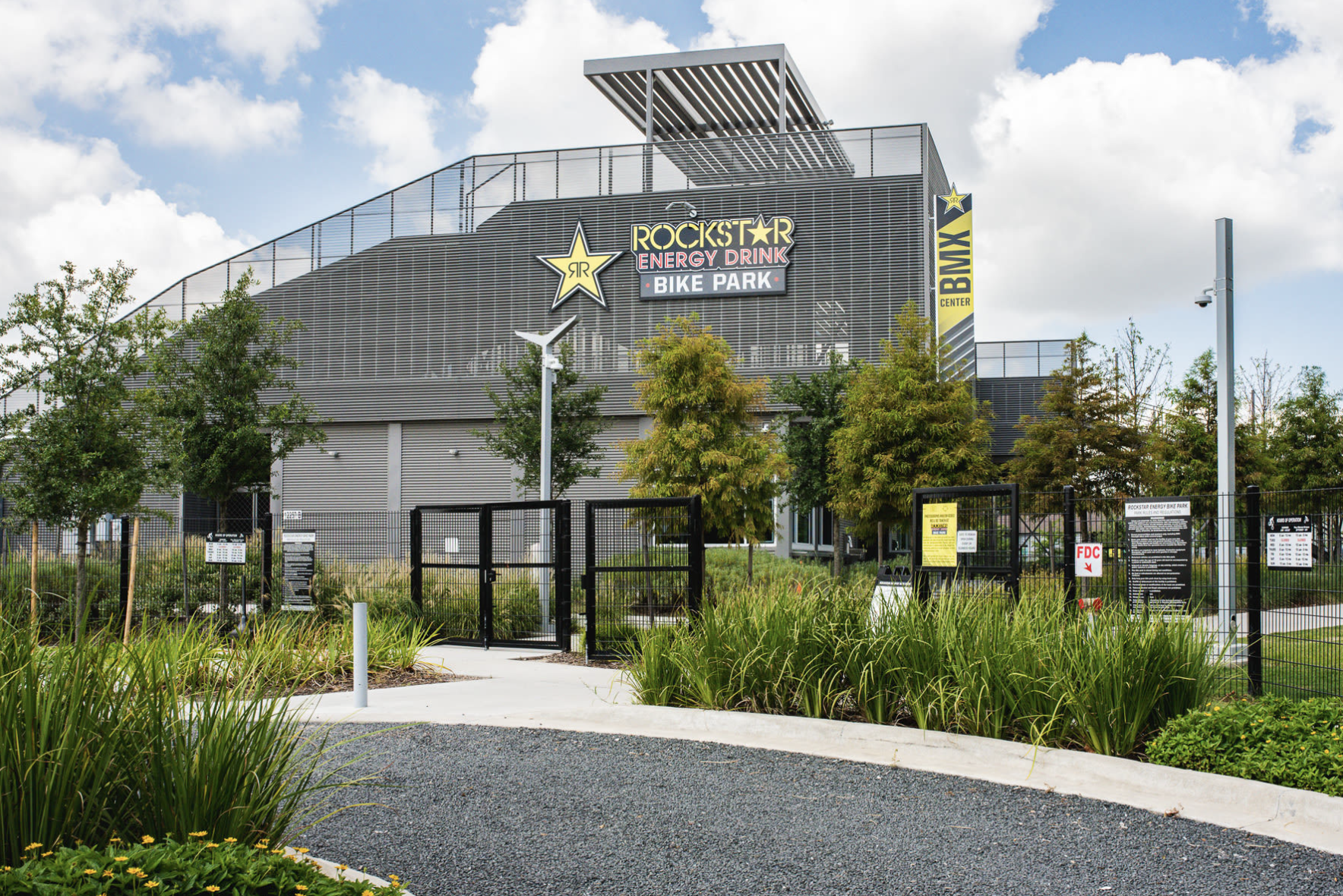Damon Abdi Explains How to Avoid Being a Buzzkill in the Landscape
Foliage, flowers and fruit are all characteristics that define a landscape. Pollinators play an essential role in bringing out that final feature. As pollinators traverse the landscape, visiting flowers in search of nectar and pollen, they inadvertently carry pollen between flowers. This transported pollen fertilizes flowers, setting in motion the process where they develop fruit and seeds. Keep in mind that not every plant requires this animal assistance to achieve fruit set. Wind can transport pollen, and some flowers are capable of self-fertilizing. However, in developing a robust landscape it is necessary to consider some principles and practices that can provide peace for our pollinator friends.
 Bee on Tithonia by ©Damon Abdi
Bee on Tithonia by ©Damon Abdi
Pesticides are oftentimes necessary in maintaining a healthy landscape; however, it is crucial to consider how these chemicals may impact pollinators. Several chemical compounds are particularly of concern when it comes to pollinators. Pesticides with active ingredients such as the neonicotinoid “imidacloprid” or the carbamate “carbaryl” pose a threat to bees, with specific warnings and directions for using these chemicals outlined on the label. Practical considerations for proper use of pesticides include a combination of applying these chemicals after flower blooming ends and the petals have fallen off, applying pesticides when bees are less active (generally within two hours of sunrise and sunset) and informing nearby beekeepers of the intended use of these pesticides. Many of these considerations are relevant based on the pesticide formulation used, the method of applying the chemical (i.e. foliar spray or soil drench) and whether the compound is a contact or systemic pesticide. Using these common sense (and just plain polite) practices can help protect pollinators. As always, whenever you are using any pesticide, it is imperative to fully read, understand and follow the label to ensure safe, compliant use.
 Butterflies on Buddleia
Butterflies on Buddleia
Of course, proper integrated pest management strategies can and should be employed to reduce the reliance on pesticides. Creating a healthy environment for plants to resist disease and insect pressure can be accomplished by ensuring good airflow (by selectively pruning plants), avoiding standing water (by improving drainage), limiting weed development (mulching, hand-weeding) and providing sufficient plant nutrition (fertilizer and proper soil pH).
The importance of protecting pollinators in our landscapes, particularly in urban environments, cannot be understated. A little bit of due diligence in chemical selection, awareness of pollinator activities, sustainable management practices and courtesy to our beekeeping friends goes a long way to maintaining exemplary environmental stewardship.
Get In Touch With...
Damon Abdi, Ph.D.
Assistant Professor of Landscape Horticulture at LSU AgCenter
Email: dabdi@agcenter.lsu.edu

Planting the Seed
Brooke Inzerella Looks at How He Can Make His Business More Sustainable, Starting with the Use of Native Plants


 Damon Abdi
Damon Abdi

